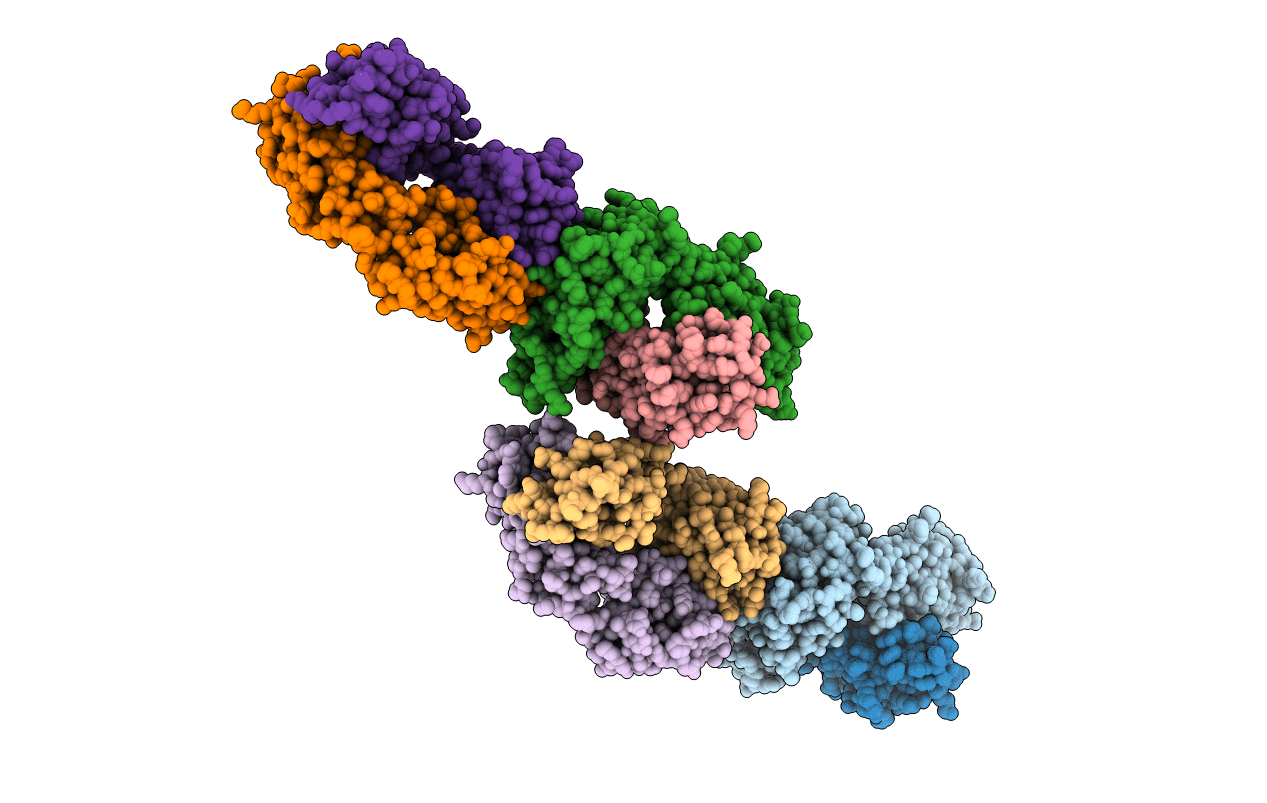
Deposition Date
2009-03-08
Release Date
2009-04-28
Last Version Date
2024-11-06
Entry Detail
PDB ID:
3GJF
Keywords:
Title:
Rational development of high-affinity T-cell receptor-like antibodies
Biological Source:
Source Organism:
Homo sapiens (Taxon ID: 9606)
Host Organism:
Method Details:
Experimental Method:
Resolution:
1.90 Å
R-Value Free:
0.25
R-Value Work:
0.20
R-Value Observed:
0.20
Space Group:
P 1 21 1


